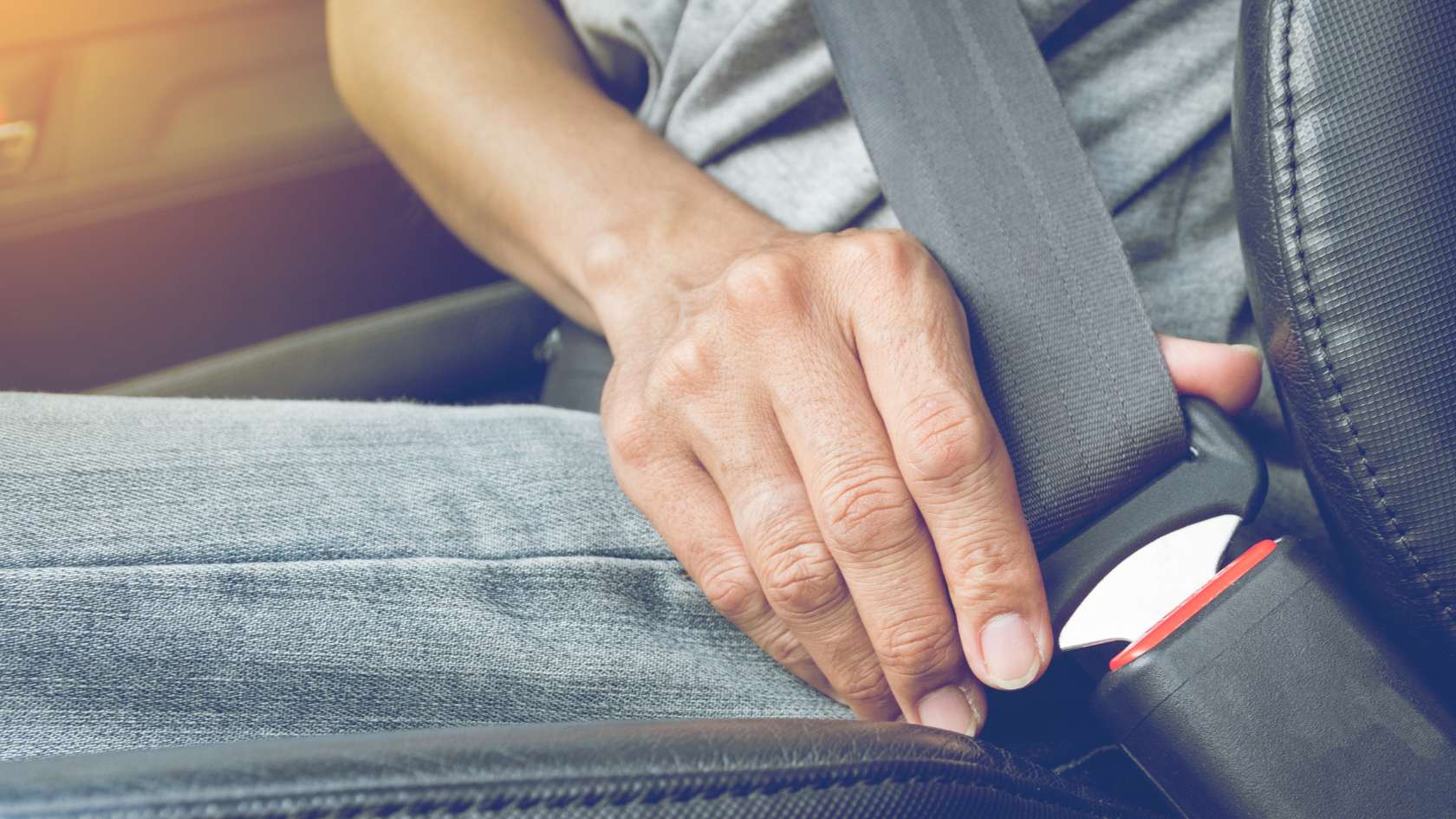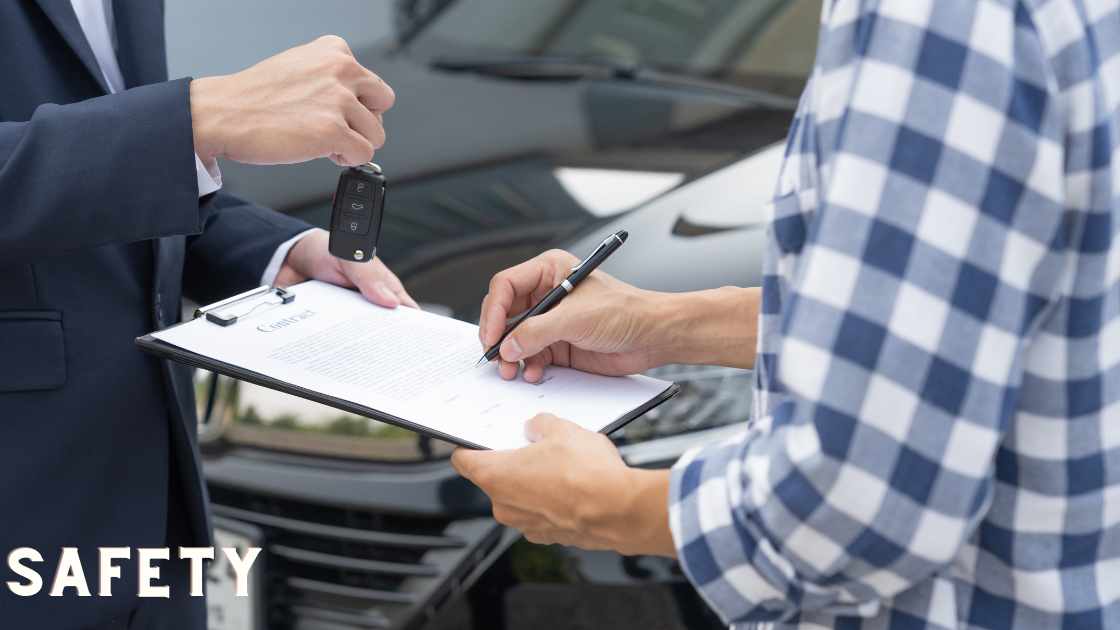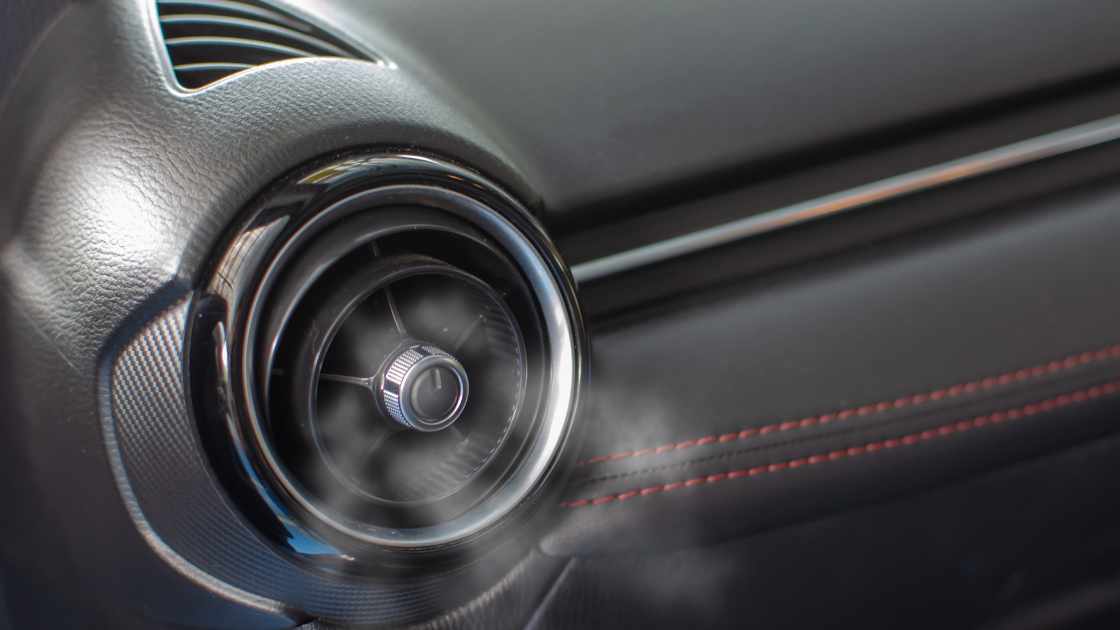According to the National Highway Traffic Safety Administration (NHTSA), car accidents remain a leading cause of injury and death among children. Amidst such sobering statistics, the role of safety first car seats stands out as a critical safeguard for our little passengers. These meticulously engineered contraptions are not just accessories but lifelines, ensuring our children are cocooned in safety during every car ride.
Importance of Car Seats
The importance of car seats cannot be overstated. They provide a protective barrier, reducing the risk of injury by up to 71% for infants and 54% for toddlers, as per the NHTSA. In the event of a collision, they cradle our precious cargo, absorbing impact forces and mitigating potential harm.
About Safety 1st Car Seats
Enter Safety 1st, a brand synonymous with trust and innovation in child safety products. From their infancy, Safety 1st has dedicated itself to pioneering solutions that prioritize the well-being of children. Their line of safety first car seats embodies this commitment, blending state-of-the-art engineering with user-friendly designs to offer unparalleled protection on the road.
Types of Safety 1st Car Seats
Infant Car Seats
Weight and Height Limits Safety 1st infant car seats cater to the tiniest passengers, boasting weight and height limits that ensure snug and secure fits.
Rear-Facing Installation (Safety Importance) Rear-facing installation, a hallmark of Safety 1st designs, provides optimal protection for infants, cradling them in a cocoon of safety against rear-end collisions.
Popular Safety 1st Infant Car Seat Models Models like the On Board 35 and Comfort 35 exemplify Safety 1st’s commitment to excellence, featuring plush padding, ergonomic designs, and easy-to-adjust harnesses for maximum comfort and safety.
Convertible Car Seats
Advantages of Convertible Car Seats (Multi-stage use) Convertible car seats seamlessly transition from rear-facing to forward-facing positions, accommodating your child’s growth from infancy through toddlerhood.
Weight and Height Limits for Rear-Facing and Forward-Facing Positions With adjustable weight and height limits for both rear-facing and forward-facing configurations, Safety 1st convertible car seats adapt to your child’s developmental milestones.
Popular Safety 1st Convertible Car Seat Models The Grow and Go, along with the Turn and Go 360, epitomize versatility and longevity, featuring innovative designs that prioritize safety without compromising on comfort or style.
Booster Seats
When to Transition to a Booster Seat Safety 1st booster seats offer a safe and comfortable transition for older children, providing the necessary elevation to ensure proper seatbelt positioning.
Safety 1st Booster Seat Options Models like the Grand 2-in-1 and Boost-and-Go combine superior safety features with ergonomic designs, offering peace of mind as your child graduates to the next stage of car seat safety.
Choosing the Right Safety 1st Car Seat for Your Child
Consider Your Child’s Age, Weight, and Height When selecting a safety first car seat, it’s essential to consider your child’s age, weight, and height to ensure a proper fit and maximum protection.
Installation Considerations Familiarize yourself with installation techniques, including the LATCH system and tethering, to ensure a secure and stable setup.
Additional Features to Look For features like cup holders, harness adjustments, and comfort padding to enhance your child’s comfort and convenience while prioritizing safety.
Safety Ratings and Recalls Regularly check the NHTSA website for safety ratings and recalls to stay informed about potential issues and ensure your safety first car seat is in optimal condition.
Safety Tips for Using a Safety 1st Car Seat
Always Install the Car Seat Rear-Facing Until Your Child Outgrows the Height/Weight Limit Rear-facing installation is paramount for infant and toddler safety. Keep your child facing the rear until they reach the maximum height or weight allowed by the car seat manufacturer.
Ensure a Snug Fit: The 2-Finger Test After installation, perform the 2-finger test to ensure a snug fit. If you can pinch more than two fingers between your child’s harness and their collarbone, adjust the straps until they fit snugly.
Never Place a Car Seat in the Front Seat with an Airbag The safest place for a safety first car seat is in the back seat. Never place a rear-facing car seat in the front seat, especially if it’s equipped with an active airbag, as this could pose a serious risk to your child’s safety.
Register Your Car Seat for Recall Information Register your safety first car seat with the manufacturer to receive recall notifications promptly. Stay proactive in ensuring your child’s safety by addressing any potential issues as soon as they arise.
- Choose the right seat: Ensure the car seat is appropriate for your child’s age, weight, and height.
- Install correctly: Follow the manufacturer’s instructions carefully to install the car seat securely in your vehicle.
- Rear-facing position: Use a rear-facing car seat for infants and toddlers until they reach the maximum weight or height limit.
- Harness adjustment: Make sure the harness straps are snug and at the correct height for your child’s shoulders.
- Chest clip placement: Position the chest clip at armpit level to properly secure the harness straps.
- Avoid bulky clothing: Remove bulky jackets or clothing before buckling your child into the car seat to ensure a snug fit.
- Check for tightness: Regularly check the harness straps to ensure they are tight enough to keep your child secure.
- Regular inspections: Inspect the car seat regularly for signs of wear and tear, and replace it if necessary.
- Register the seat: Register your car seat with the manufacturer to receive important safety updates and recalls.
- Set an example: Always wear your seatbelt when driving and enforce the importance of car seat safety with your child.
FAQs
What are the top-rated safety first car seats?
The top-rated Safety 1st car seats often include models like the Safety 1st Grow and Go 3-in-1 Convertible Car Seat, Safety 1st Continuum 3-in-1 Car Seat, and Safety 1st Guide 65 Convertible Car Seat, among others.
How do safety first car seats compare to other brands?
Safety 1st car seats are known for their reliable safety features, including side-impact protection, energy-absorbing foam, and easy-to-adjust harness systems. Many parents find them comparable or even superior to other brands in terms of safety and value.
Are safety first car seats easy to install?
Safety 1st car seats typically come with clear installation instructions and features like LATCH connectors and adjustable recline angles, making them relatively easy to install in most vehicles.
What are the safety features of safety first car seats?
Safety features of Safety 1st car seats may vary depending on the model but often include features such as side-impact protection, energy-absorbing foam, five-point harness systems, and adjustable headrests for proper fit and protection as your child grows.
Conclusion
As parents, ensuring the safety of our children is paramount, especially when it comes to travel. The journey towards selecting the right safety first car seat may seem daunting, but armed with knowledge and awareness, it becomes a crucial step in protecting our little ones on the road.
Remember, it’s not just about choosing any car seat but selecting the one that best fits your child’s age, weight, and height while prioritizing safety features and ease of use. By adhering to safety guidelines, staying informed about recalls, and using your safety first car seat correctly, you can embark on every journey with peace of mind, knowing your child is securely cocooned in the embrace of safety.

Jeff Gordon is an accomplished writer with expertise in the basics of car accessories. With a keen eye for detail, Jeff has established himself as an authority on the subject, with a passion for all things automotive. Based in Jasper, Jeff is dedicated to providing readers with the information they need to make informed decisions when it comes to their car accessories.





